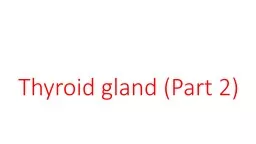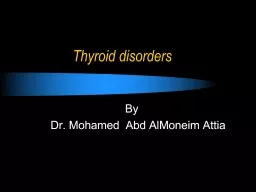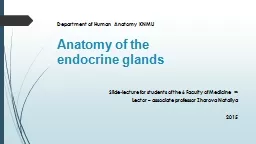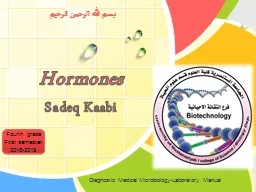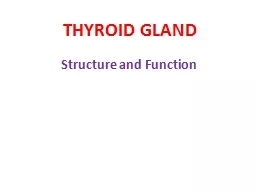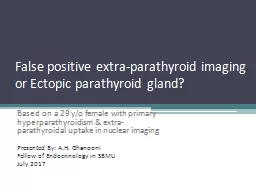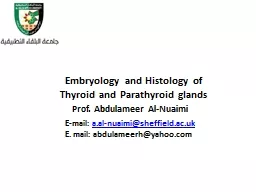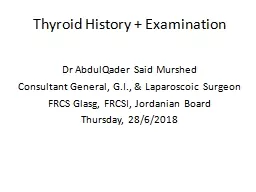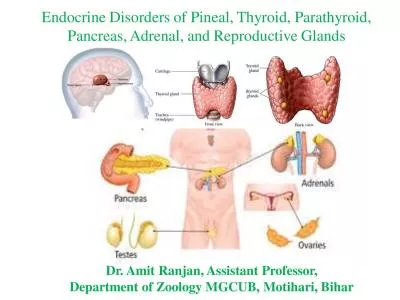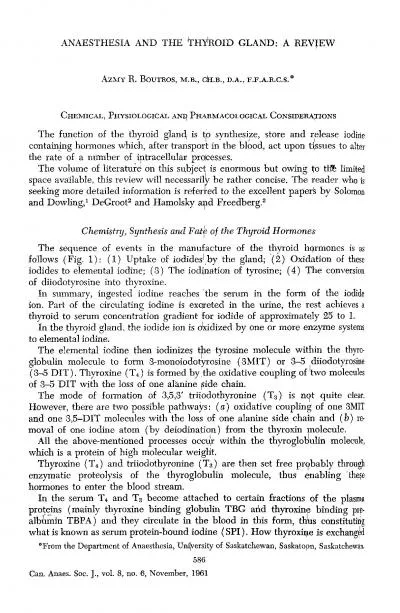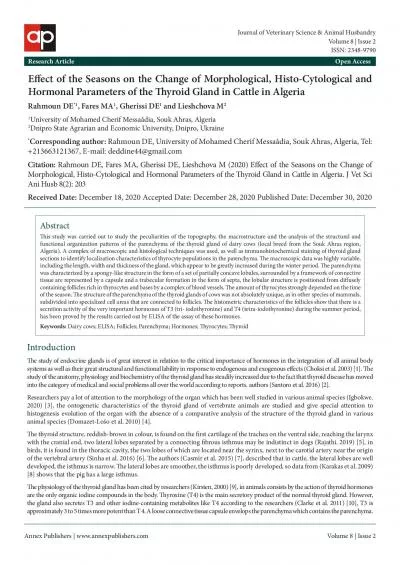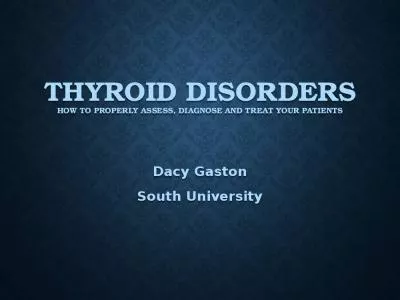PPT-Thyroid gland (Part 2) Thyroid Gland
Author : danika-pritchard | Published Date : 2018-11-06
The thyroid is made of multiple acini follicles Each spherical follicle is surrounded by a single layer of cells and filled with pink staining protein aceous material
Presentation Embed Code
Download Presentation
Download Presentation The PPT/PDF document "Thyroid gland (Part 2) Thyroid Gland" is the property of its rightful owner. Permission is granted to download and print the materials on this website for personal, non-commercial use only, and to display it on your personal computer provided you do not modify the materials and that you retain all copyright notices contained in the materials. By downloading content from our website, you accept the terms of this agreement.
Thyroid gland (Part 2) Thyroid Gland: Transcript
Download Rules Of Document
"Thyroid gland (Part 2) Thyroid Gland"The content belongs to its owner. You may download and print it for personal use, without modification, and keep all copyright notices. By downloading, you agree to these terms.
Related Documents

